
Installing 3DColorMultiMFD in Passat B5 +
Mounting, module version 7.0
You will need:
| Soldering iron 40 W |
Tin |
Flux |
 |
 |
 |
| Tweezers | Knife | Tester |
 |
 |
 |
|
Thermocouples |
And double-sided scotch tape. | Nippers |
 |
 |
 |
| Pliers | And screwdriver Torx T10 | |
 |
 |
|
|
Safety precautions DO NOT! |
||
 |
||
Install very carefully. After soldering the wires, be sure to
Rinse soldering points with special flushing agents or
Isopropyl alcohol. During washing, do not let alcohol enter
Display or under the display and its board!
The module operates at a voltage of 5.5 V
When you connect the power supply to the module,
you should make sure that the output of the contacts is 5.5V,
otherwise it will damage the processor!
We disassemble the device. With a screwdriver torx T10, unscrew the two screws
Edges on the rear of the instrument panel.


Bend all the latches neatly remove the front of the case with glass
View from above

Bottom view

1. Remove the arrows (scroll counter-clockwise and simultaneously pull ourselves).
Either Using knives for oil or spatula, shoot the arrows from their shafts. It is necessary to put
A cardboard or napkins between the nomes and the base of the device to avoid damaging it. Necessary
Pull the arrows up to yourself.


2. Then remove the substrate.

3. Cut the jumpers, we work carefully, so as not to damage the board.

It should look like this:

4. Otpayivaem superfluous.
On the instrument panels with a regular monochrome display, a sensor
Its temperature can be removed with a soldering iron or simply cut off with a wire cutter
Sensor in any convenient place so that it does not interfere later.

It is necessary to remove the display by gently heating the loop with which it is soldered to the board, do not tear off the display as you can damage the dashboard board.


5. With the help of pliers we bend the metal clamps restraining
Full-time display.


6. Remove the white diffuser. On the back of the board, the instruments are visible
White plastic latches, bend them with your fingers and take out the white plastic
The basis of the display.

7. We solder the plume of the standard display and remove it.
8. On some instrument panels, the plastic base of the standard display is soldered
To the board quite seriously, to dismantle it is best to remove the tin from
Using a soldering iron and a special vacuum J


9. Then you need to remove all the LEDs that are
Were under the standard display

We make sure that there are no jumpers made of tin. After removing the LEDs,
Clean the board of the residues of tin and rinse with alcohol

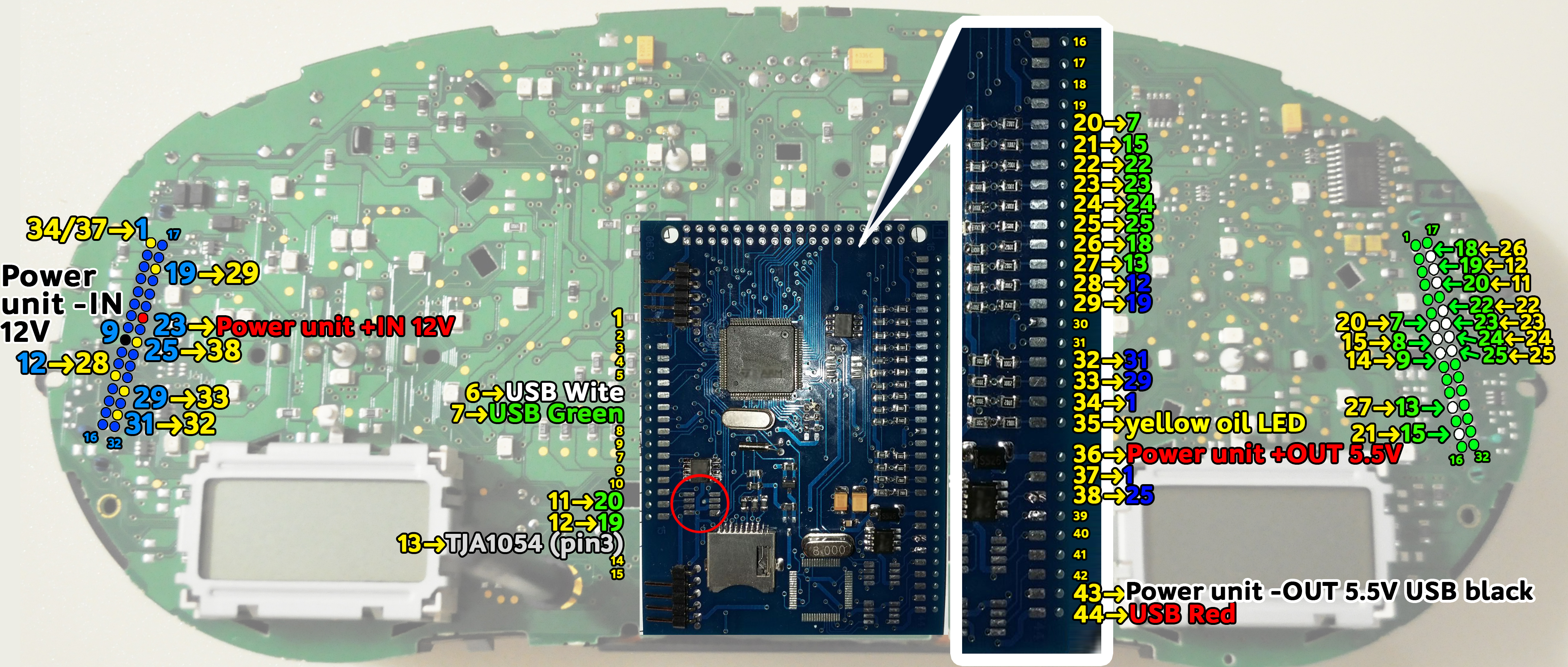

10. We start to build wires according to the table. Wires are cleaned of
Isolation and twisting, ludim and cut off excess.



12. Through the holes in the board of the device, we extend the wires to the blue
And green connectors.

13. Using the tester, we find the wires we need and solder them to the feet
Connector according to the table.


Also, for ease of installation, it is possible to solder the wires either according to the diagram above or from the back of the instrument panel chamber.
1 4a. Near the green connector, on the back of the device, we find the chip TJA1054
And solder to its 3rd leg the wire from the module's 13 lamella modules.
Option 1
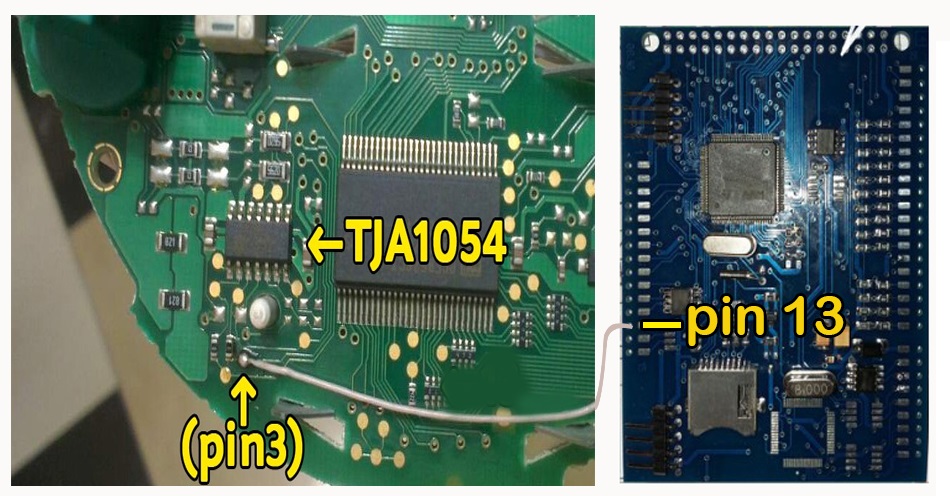
Option 2
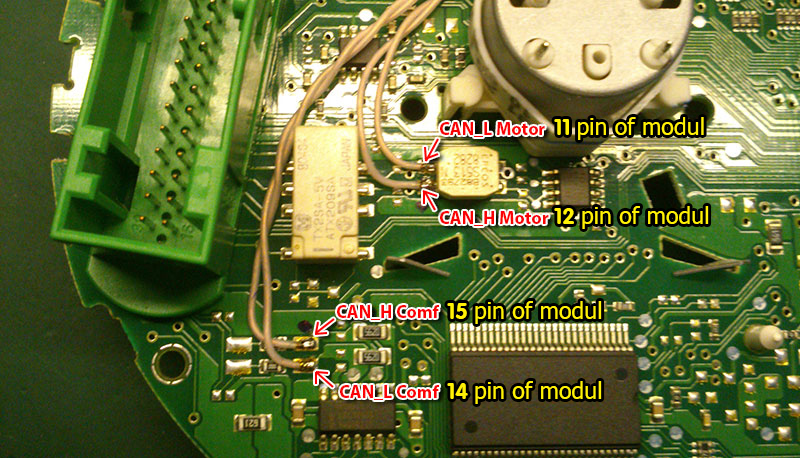
Lay the wires in such a way that they do not interfere with the installation of white
Light diffuser.



14. On
the cluster without FIS
and with halfFIS it is necessary to
solder the wire from the 32 pin of module
slots to the oil LED on the board.
And on the instrument panel with a FullFIS, this wire
does not need to be soldered!
The dashboard with noFIS looks like this:

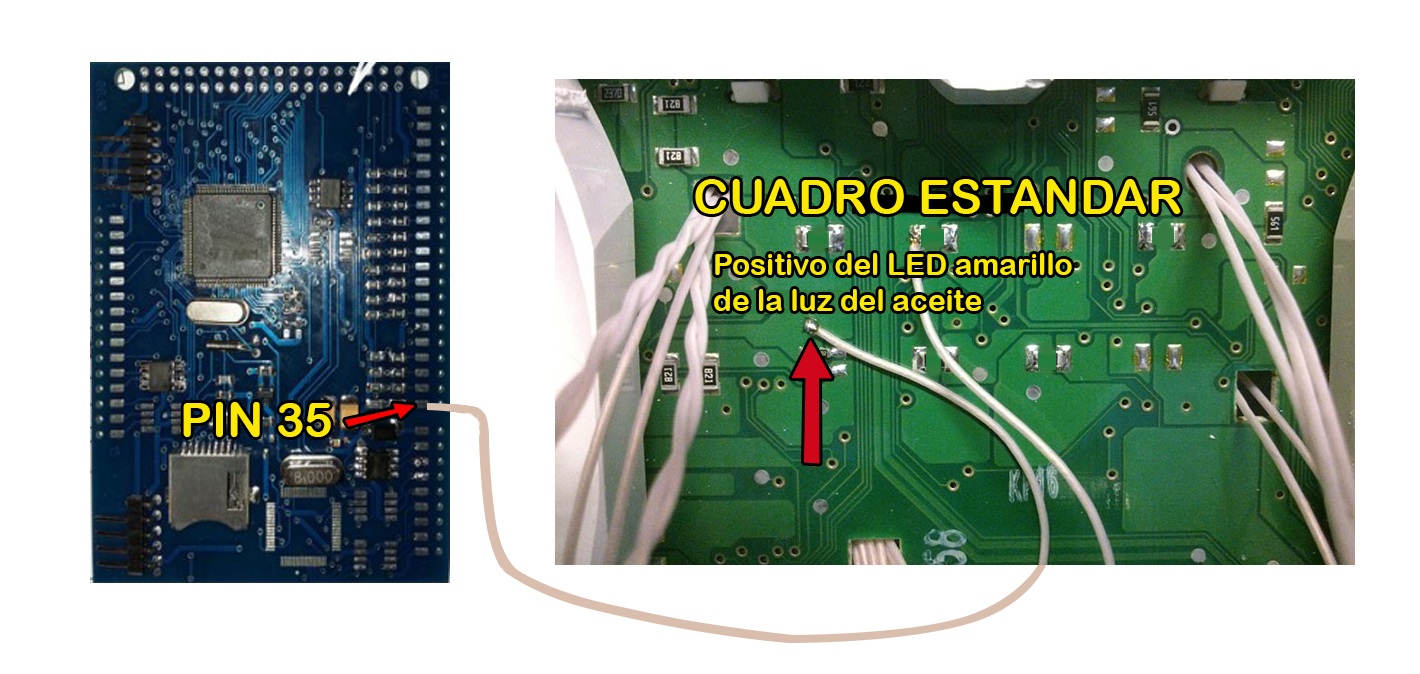
The dashboard with halfFIS looks like this:
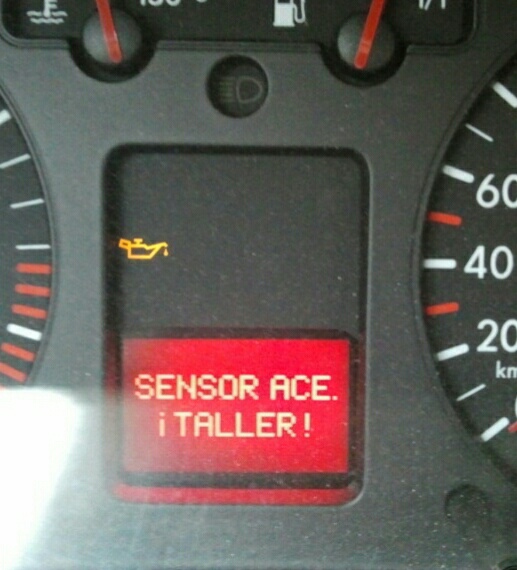
Resistors instead of light-emitting diodes, as on a photo, it is not necessary to solder, we leave an empty place.
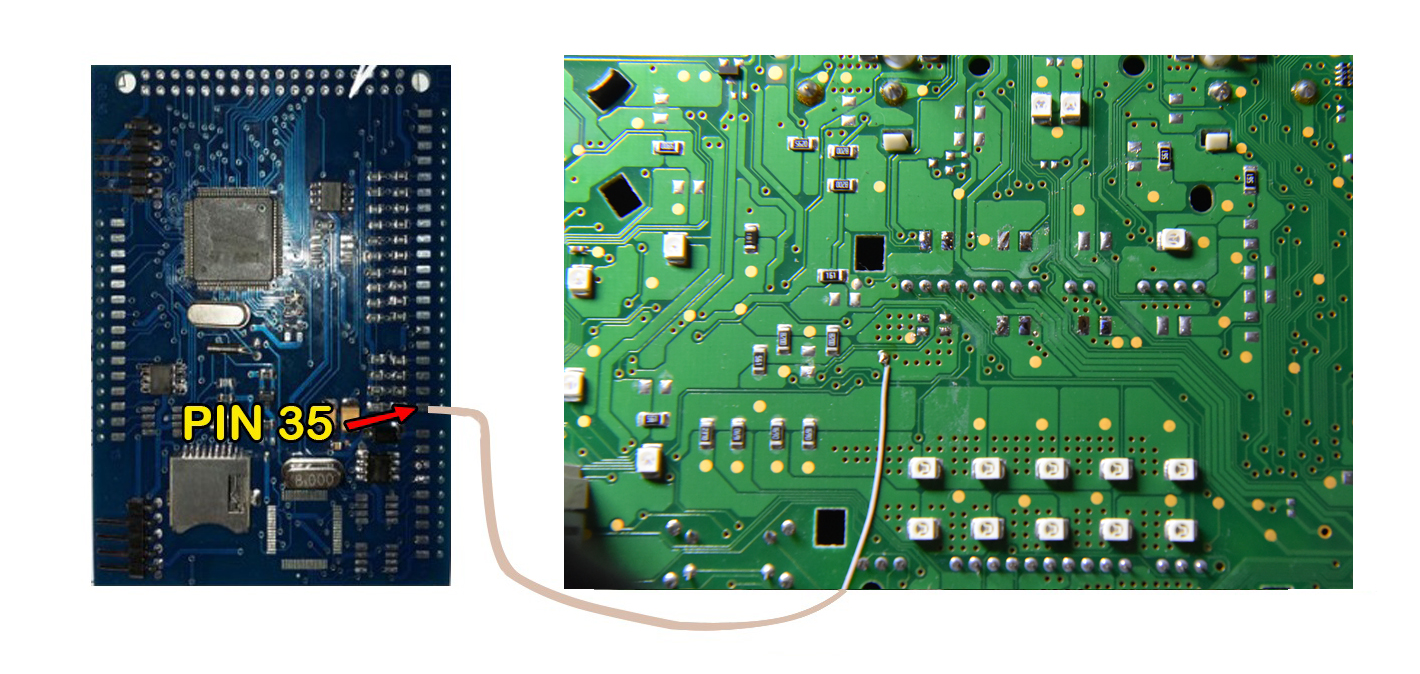
Important!
If you have half FIS or no display at all
It is necessary to sting this resistor from the module board
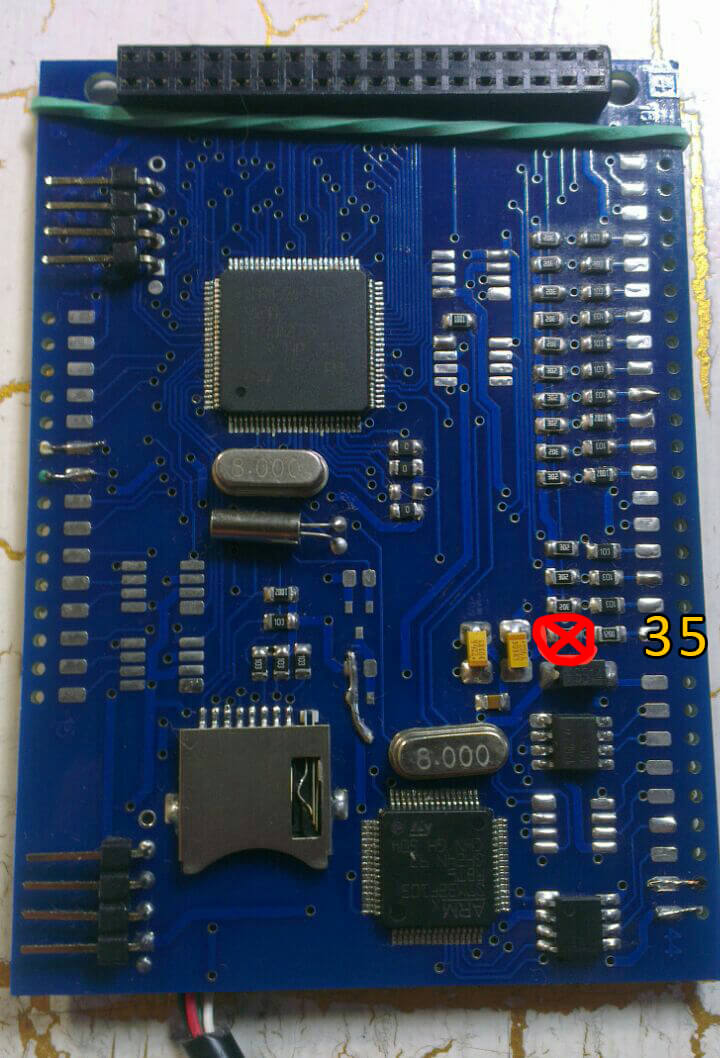
15.
Connect the USB cable as follows:

16. If you are the lucky owner of Passat B5 released for the North American or USA market, you have to add a few SMD resistors to the board of the device.

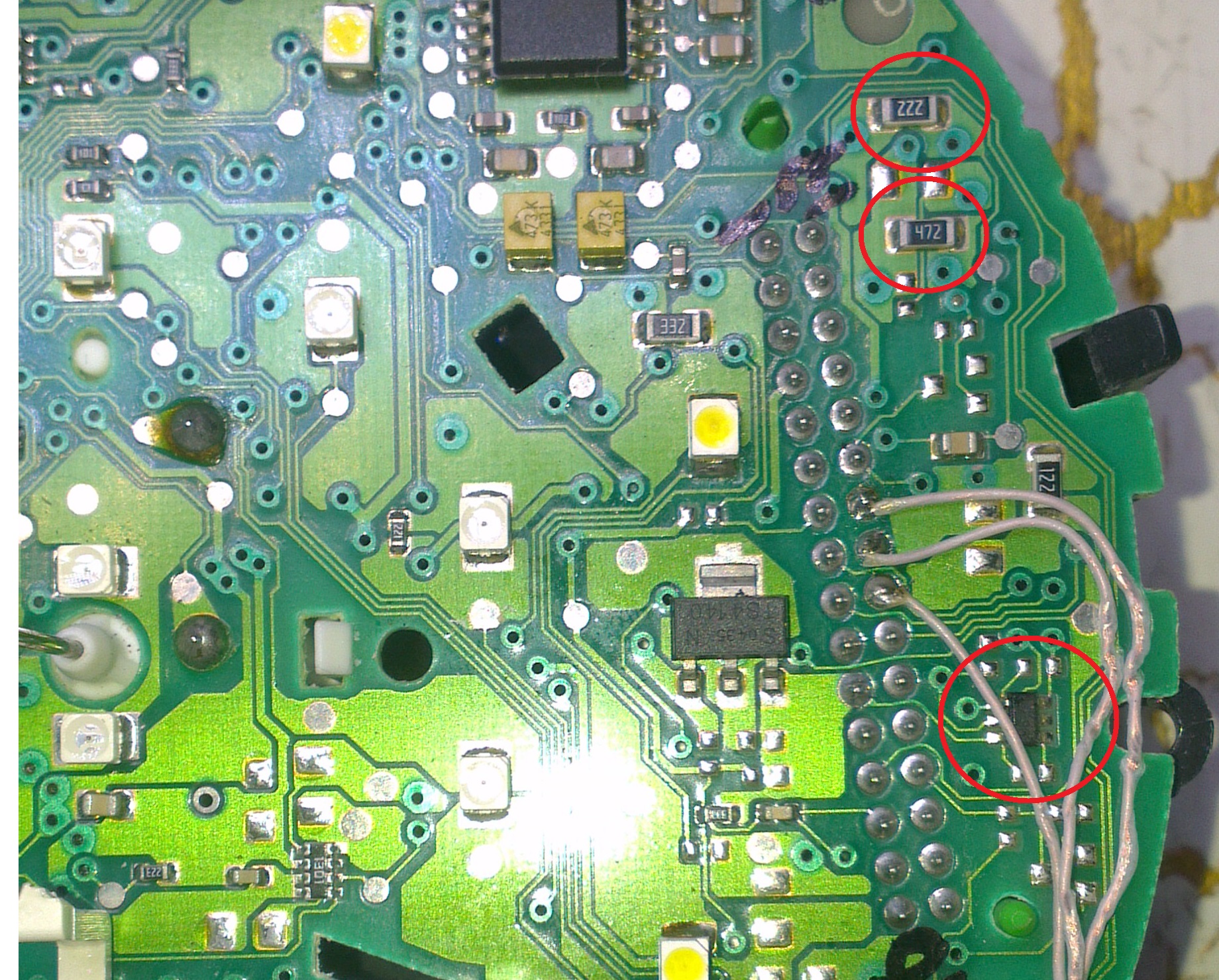
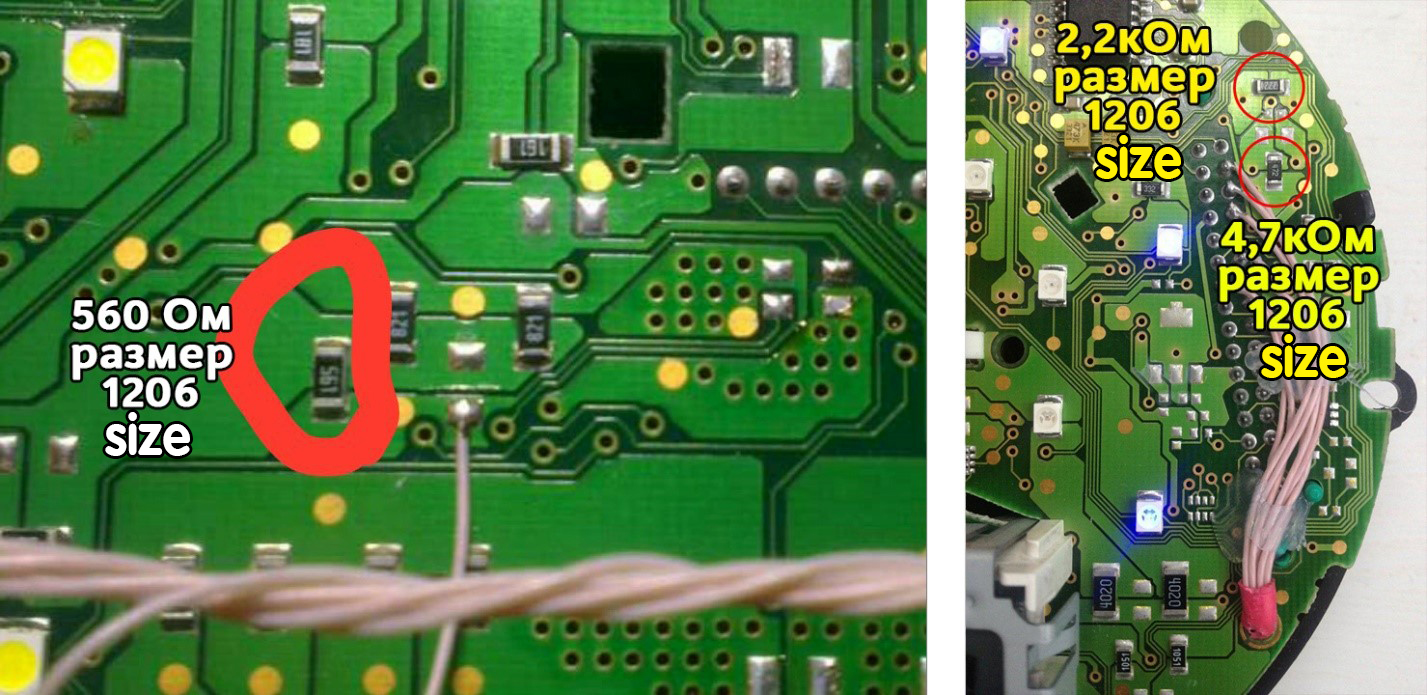



Since Americans do not bother at all about the engine oil. In the cluster for the American market there are no resistors responsible for the level alarm and Oil temperature, and the opening of the hood.
So it's not right!

18.
Attention!
Before
installing the power supply, you need to solder the wires to it
Contacts + IN - IN and + OUT - OUT , then apply a current of 12V to + IN - IN ,
And connect the + OUT - OUT wires to the tester.
Now we need to adjust the output current. Using a small flat screwdriver
Slowly rotate the special metal knob (figure 1 in the picture.) Clockwise
Arrow, until, at us on the tester will not appear 5,5v in an output voltage.
Next we place the power supply unit on the back side, we bring to its contacts the wires
From the blue connector.
23 the leg of the blue connector is connected to + IN On the power supply board,
The 24-pin of the blue connector is connected to the e - IN on the power supply board.

Contact + OUT Connects to the module's 36 slots, - OUT Connects to 43 module slots

Choose the place of installation of the power supply so that during assembly it does not interfere. Here are the possible
Options:


Attention!
After wiring, lay it so that they do not interfere with further assembly.
We call all contacts and check on the table to avoid confusion anywhere.

20. Cut off the main beam guide part.
On the red line.
Leave the semicircle.

21. Bite off the protruding part!

22. Solder the display to the module board.
After, carefully, not to fill the display with alcohol rub the place of soldering.

23. We take double-sided adhesive tape on a foamy basis, cut the squares 1cm X 1cm.

24. We collect these squares in 3 floors.

25. And we place
them so that we do not have anything to do with mounting the module
on the board 
26. Place the module so that it is placed in the window of the device

27. For greater reliability, when the module is already installed on the board, and you
Calibrated it in the window so that there were no distortions, it is better to fix it
Its hot glue along the edges of the module.


And then we collect everything in the reverse order without forgetting to calibrate the arrows
With the help of the WAG-com.
I. To do this, connect the device to the machine without installing the glass, connect the VAG-com,

Ii. Go into the 17-unit dash panel

Iii. Select test performers.

Iv. Choosing in turn a tachometer, temperature and the rest, the arrows in turn will be
Do a turn on the whole scale, and then freeze on:


1. Tachometer - 3 thousand revolutions

2. Pace. Coolant - middle

3. Fuel level - middle

4. Speedometer - at 100 km / h

V. Then turn off the power from the device!
Vi. And set the arrows correctly rotating them in the desired direction.
Vii. Then check everything again
Viii. You can not turn the arrows too quickly correcting the position, you can
To cut the motors of the shooter
Ix. You can not turn the arrows when there is power on the device.
Make a hole in the bottom of the cluster body, opposite the SD card, so that it can be removed if necessary.



If you
have a 1J0 comfort unit installed.
NECESSARY to stretch the wires from the comfort unit to the
appliance
The comfort block 9 -> on the terminals of the 8th leg of the device
(CAN-H Comfort) of the green connector.
The comfort block 6 -> on the terminals of the 9th leg of the device
(CAN-L Comfort) of the green connector.


When installing the IMMO 3 instrumentation together with the comfort unit 1J0 -It is necessary to remove 2 resistors
Going from 8 and 9 contacts of the green connector, and then connect from ColorMF D
To terminals 8 (CAN-H Comfort) and 9 (CAN-L Comfort) of the green connector.
In order to connect the boost pressure control.
You will need to add one PIN to the green dashboard connector on the 15th leg.

And the other end of the wire should be connected from the side of the motor brain
(EBCUD to a blue - gray wire (blue with a gray bar) to the incoming
On the 101st contact of a smaller brain connector.
On
diesel engines (AVB and others):
- 71st
contact of the motor
brain, green - red Wire
(green with a red stripe).
On
petrol (AWM and others):
- 101st
contact of the motor
brain, gray - blue wire
(gray with a blue stripe).
In general, as far as I understand, at all B5-x diesel 1.9T supercharging is connected to the 71st
And the gasoline 1.8T is connected to the 101st contact. The color of the wire can vary depending on the year / engine.
| BES | 2.7T | T121 | 101 pin | blue-gray | AJM | 1.9TD | T121 | 71 pin | yellow-black | |
| AKN | 2.5TD | T121 | 71 pin | yellow-red | AUY | 1.9TD | T121 | 71 pin | yellow-black | |
| BQW | 2.0TD | T94 | 78 pin | green-red | AWT | 1.8T | T121 | 101 pin | blue-gray | |
| AVG | 1.9TD | T80 | 40 pin | yellow-green | AWM | 1.8T | T121 | 101 pin | blue-gray | |
| AFN | 1.9TD | T121 | 70 pin | green-red | AWD | 1.8T | T121 | 101 pin | blue-gray | |
| AVB | 1.9TD | T121 | 71 pin | green-red | AWP | 1.8T | T121 | 101 pin | violet-gray | |
| AVF | 1.9TD | T121 | 71 pin | green-red | AUM | 1.8T | T121 | 101 pin | violet-gray | |
| AWX | 1.9TD | T121 | 71 pin | green-red | AUQ | 1.8T | T121 | 101 pin | violet-gray | |
| AHF | 1.9TD | T121 | 71 pin | yellow-black | ARZ | 1.8T | T121 | 101 pin | violet-gray | |
| ALH | 1.9TD | T121 | 71 pin | yellow-black | ARX | 1.8T | T121 | 101 pin | violet-gray | |
| ARL | 1.9TD | T121 | 71 pin | yellow-black | ANB | 1.8T | T121 | 101 pin | blue-gray | |
| ASV | 1.9TD | T121 | 71 pin | yellow-black | APU | 1.8T | T121 | 101 pin | blue-gray | |
| ASZ | 1.9TD | T121 | 71 pin | yellow-black | APB | 1.8T | T121 | 101 pin | blue-gray | |
| ATD | 1.9TD | T121 | 71 pin | yellow-black | AMB | 1.8T | T121 | 101 pin | blue-gray | |
| AXR | 1.9TD | T121 | 71 pin | yellow-black |






And everything is ready.
Do not assemble the instrument panel (retro-reflector, scales,
arrows and glass) to
As long as you do not test the work of the module in the Car.
It is advisable not to collect plastic steering column for a week,
In the case of the need to remove the instrument panel without unnecessary difficulties.
To make sure the device is working, and most importantly
Uninterrupted operation of the micro SD card installed in it.

